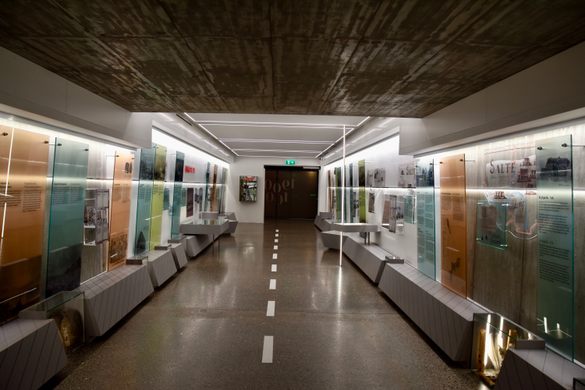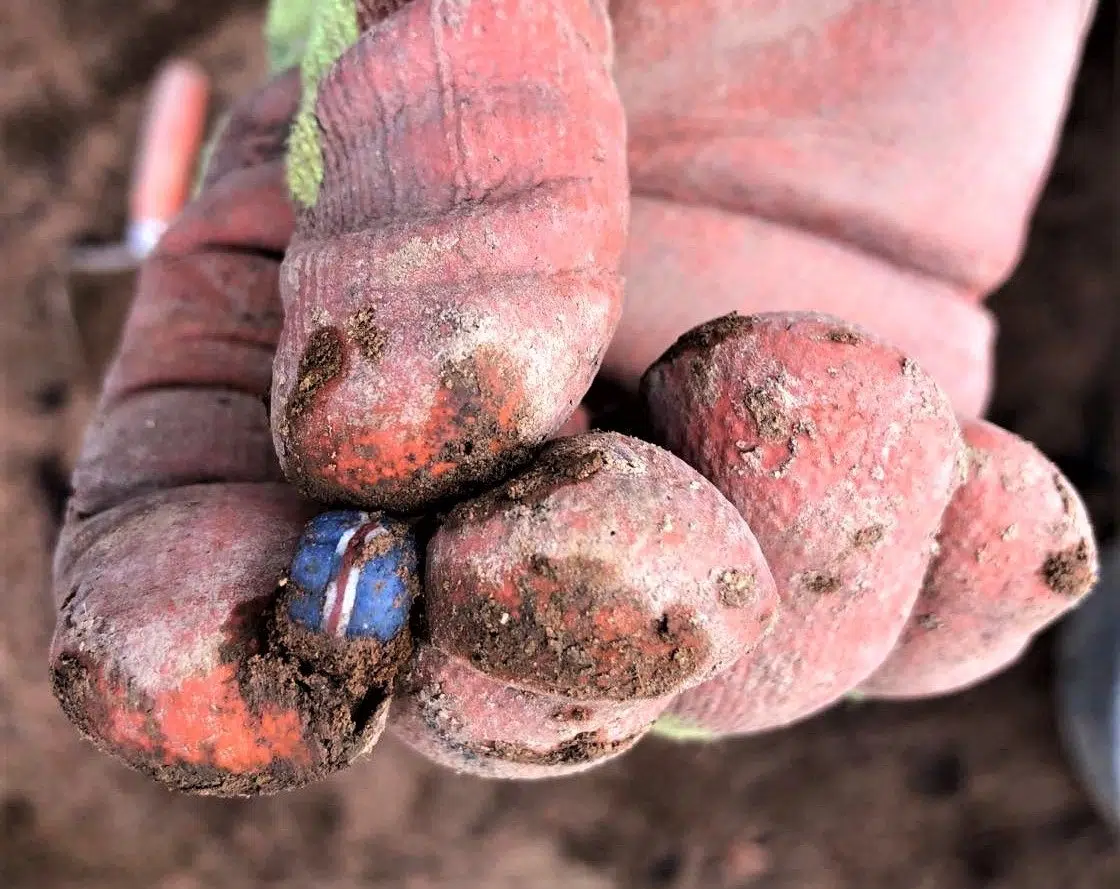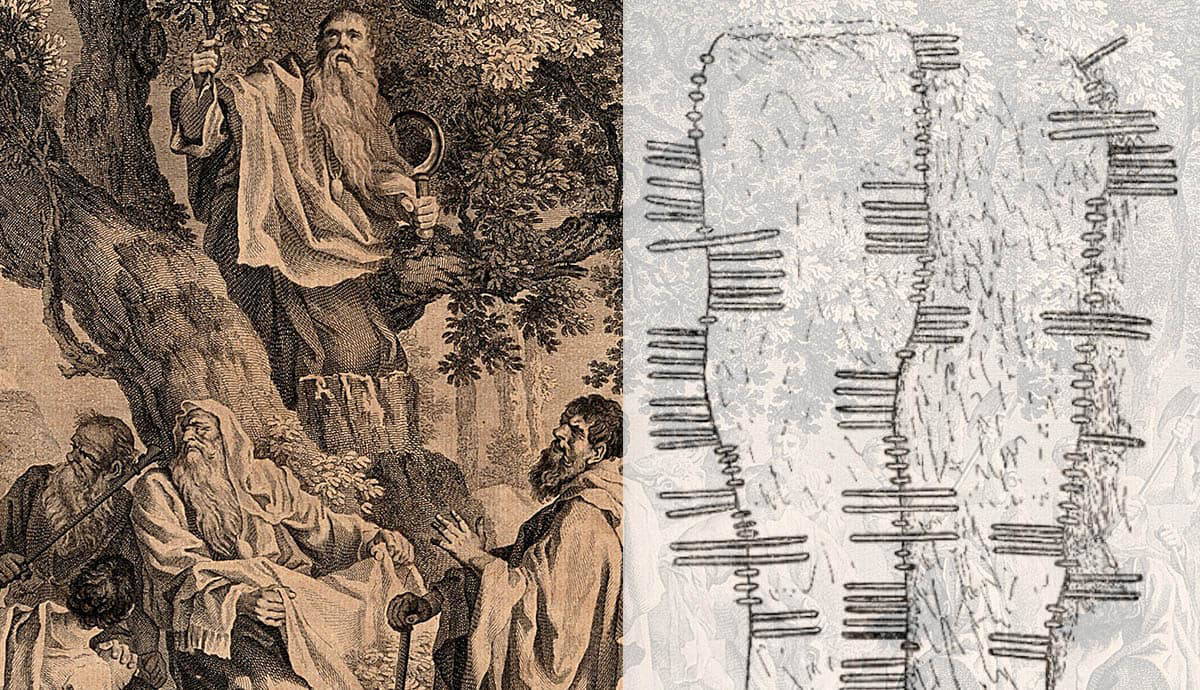Read the rest of this article...
Monday, November 21, 2022
The ancient golden treasure rewriting Danish history
Read the rest of this article...
Wednesday, November 16, 2022
The Viking Axe
Photo by Medievalists.net
Read the rest of this article...
Thursday, November 03, 2022
Metal detectorist stumbles across Viking treasure hoard in Norway
Tuesday, November 01, 2022
2 Viking swords buried upright might have connected the dead to Odin and Valhalla
(Image credit: The Archaeologists/National Historical Museums, CC BY)
Read the rest of this article...
The mysterious Viking runes found in a landlocked US state
Read the rest of this article...
Monday, October 31, 2022
Sex with humans – not climate change, disease or war – spelled the end for Neanderthals, scientists believe
Read the rest of this article...
Six recent discoveries that have changed how we think about human origins
Read the rest of this article...
Sunday, October 30, 2022
"Preparing Medicine from Honey"
Read the rest of this article...
Harald Hardrada: King of Norway
Read the rest of this article...
The Value and Power of Books in Anglo-Saxon England
Read the rest of this article...
Saturday, October 29, 2022
Landscapes of the Norman Conquest
An exciting new book “Landscapes of the Norman Conquest” by Trevor Rowley has now been published.
For a long time, the Norman Conquest has
been viewed as a turning point in English history; an event which transformed
English identity, sovereignty, kingship, and culture. The years between 1066
and 1086 saw the largest transfer of property ever seen in English History,
comparable in scale, if not greater, than the revolutions in France in 1789 and
Russia in 1917. This transfer and the means to achieve it had a profound effect
upon the English and Welsh landscape, an impact that is clearly visible almost
1,000 years afterwards.
Although there have been numerous books
examining different aspects of the British landscape, this is the first to look
specifically at the way in which the Normans shaped our towns and countryside.
The castles, abbeys, churches and
cathedrals built in the new Norman Romanesque style after 1066 represent the
most obvious legacy of what was effectively a colonial take-over of England.
Such phenomena furnished a broader landscape that was fashioned to intimidate
and demonstrate the Norman dominance of towns and villages.
The devastation that followed the Conquest,
characterised by the ‘Harrying of the North’, had a long-term impact in the
form of new planned settlements and agriculture. The imposition of Forest Laws,
restricting hunting to the Norman king and the establishment of a military
landscape in areas such as the Welsh Marches, had a similar impact on the
countryside.
Viking beadmakers’ secrets revealed in new study
Read the rest of this article...
Viking silver treasure uncovered in Täby in Stockholm
Read the rest of this article...
Viking unhacked silver hoard found in Sweden
Sweden sees Norway’s Viking hack silver hoard and raises with a Viking hoard of silver jewelry and coins in pristine unhacked condition. The hoard was discovered in an excavation of the Viking settlement of Täby, outside Stockholm. It was cached under the wooden floor of one of the Viking Age (800-1050 A.D.) houses about 1,000 years ago.
Read the rest of this article...
Monday, October 24, 2022
Norwich timber henge burnt in Neolithic winter solstice excavated
Read the rest of this article...
500,000-Year-Old Tools In Polish Cave May Have Belonged To Extinct Hominid Species
Read the rest of this article...
Ancient DNA reveals the social lives of the oldest known family group
Read the rest of this article...
East Walton silver pin find sheds light on end of Roman rule
Read the rest of this article...
Archeologists find tomb of Saint Nicholas, 4th century bishop and inspiration for Santa Claus
Read the rest of this article...
Metal detectorist’s find of lifetime as rare 700AD gold sword pommel uncovered
Read the rest of this article...
Saturday, October 22, 2022
Remains of Pictish period cross with bird carvings uncovered in Scottish kirkyard
Read the rest of this article...
Arab DNA Shows Route of Early Human Migration from Africa
Read the rest of this article...
The first horse herders and the impact of early Bronze Age steppe expansions into Asia
The Eurasian steppes reach from the Ukraine in Europe to Mongolia and China. Over the past 5000 years, these flat grasslands were thought to be the route for the ebb and flow of migrant humans, their horses, and their languages. de Barros Damgaard et al. probed whole-genome sequences from the remains of 74 individuals found across this region. Although there is evidence for migration into Europe from the steppes, the details of human movements are complex and involve independent acquisitions of horse cultures. Furthermore, it appears that the Indo-European Hittite language derived from Anatolia, not the steppes. The steppe people seem not to have penetrated South Asia. Genetic evidence indicates an independent history involving western Eurasian admixture into ancient South Asian peoples.
Read the rest of this article...
Secrets Of Iron Age Power Center Uppåkra Revealed By Archaeologists
Read the rest of this article...
Thor’s hammer amulet found in Sweden
Read the rest of this article...
Wednesday, October 05, 2022
10 of the Best Viking Museums in Europe
Read the rest of this article...
Tuesday, October 04, 2022
Rendlesham: 1,400-year-old royal hall unearthed
Read the rest of this article...
Thursday, September 29, 2022
DNA From Skeletons Reveals Large Migration to Early Medieval England
Landesmuseum Hannover
Tuesday, September 27, 2022
How Vikings Influenced the Modern English Language
Read the rest of this article...
Archaeologists Discover 1,200-Year-Old Shipwreck That Reveals A Lost Age: Report
Read the rest of this article...
Genome Study Offers Clues to Anglo-Saxon Migration
Read the rest of this article...
Sunday, September 18, 2022
Vikings: Raiders, Traders and Settlers (Online Course)
The University of Oxford online course will run from Wednesday, 28 Sep 2022 to Friday 09 Dec 2022
You can find further details here...
Reykjavík 871±2
Read the rest of this article...
Viking Textiles Show Women Had Tremendous Power
Read the rest of this article...
Early-medieval woman was buried with a rare item: a metal folding chair
(Image credit: BLfD/Zenger)
Read the rest of this article...
Thursday, August 11, 2022
Excavation in Seyðisfjörður Unearths Jewelry from Earliest Period of Settlement
Archaeologists in Seyðisfjörður have excavated jewelry that dates from 940 – 1100, just after the initial settlement of Iceland. Notably, one of the beads found in the excavation even bears the colours of the Icelandic national flag.
Remarkably well-preserved structures in Seyðisfjörður
Archaeological digs have been underway in Seyðisfjörður, a fishing village in the East Fjords of Iceland, since 2020. Due to the high slopes of the valley, Seyðisfjörður is subject to land slides, and local authorities plan to build defensive barriers to protect the village, which has suffered damage in recent years. However, these same land slides have also preserved archaeological sites in the region particularly well. Archaeologists have been called in to perform exploratory digs where the defensive barriers will be erected, and have found remarkably intact manmade structures and artifacts such as game pieces and pearls.
Read the rest of this article...Medieval Artifacts Uncovered in Iceland
SEYðISFJÖRðUR, ICELAND—Traces of a farmstead dated to the earliest settlement of Iceland have been uncovered in the East Fjords of the island by a team of researchers led by archaeologist Ragnheiður Traustadóttir, according to Iceland Review. The site is situated in a valley where landslides from the high slopes and tephra from volcanic eruptions have protected archaeological materials and provided a means of dating them. So far, researchers have found human remains; the bones of a horse; a spear; a boat; and jewelry, including a red, white, and blue bead dated to between A.D. 940 and 1100. To read about a Viking Age site in Iceland's lava fields, go to "The Blackener's Cave."
Read the rest of this article...
Wednesday, July 06, 2022
How Literate Were the Ancient Celts?
Read the rest of this article...
Vikings Actually Reached the Americas Long Before Columbus
(Image: Glenn Nagel Photography)
Read the rest of this article...
Wednesday, June 22, 2022
New Thoughts on Eastern Europe's Medieval Source of Ivory
TRONDHEIM, NORWAY—According to a statement released by the Norwegian University of Science and Technology (NTNU), researchers led by James Barrett of the NTNU University Museum analyzed nine walrus snout bone fragments unearthed in 2007 during a construction project in Kyiv, an important trading city in the medieval period. In 2019, Barrett and his colleagues determined that Western Europe obtained most of its walrus products from Norse settlers in Greenland, although it was still thought that the ivory used in Eastern Europe came from the Barents Sea, which is located off the northern coasts of Norway and Russia. The researchers determined that five of the nine bone fragments had a genetic signature indicating they came from a genetic group of walruses only found in Greenland, while the chemical analysis of isotopes from the bones suggests that seven of the nine animals could have come from the region of Greenland.
Read the rest of this article...
The Worst Year Ever to Be Alive in History
Credit: Árni Friðriksson/Wikimedia Commons/ CC BY-SA 3.0
Read the rest of this article...
Sunday, June 19, 2022
141 Anglo-Saxon graves discovered in England, alongside jewellery, weapons and earwax removers
Read the rest of this article...
Severe droughts reveal sunken relics of the past
Read the rest of this article...
Archaeologists Examining 'Extremely Rare' 1,300-Year-Old Ship They Need to Water Every 30 Minutes
Read the rest of this article...
Saxon pendant with Roman jewel found in Kingsey field
Read the rest of this article...
Archaeologists find Viking Age shipyard
Read the rest of this article...
Ivory found in Kyiv in 12th century originated from Greenland - study
Read the rest of this article...
Monday, June 13, 2022
Silver coin featuring famous Viking king unearthed in Hungary
(Image credit: Tamás Retkes)
Read the rest of this article...
Sunday, June 05, 2022
Stakeholders! Archaeological volunteering at Sandwich Bay
Read the rest of this article...




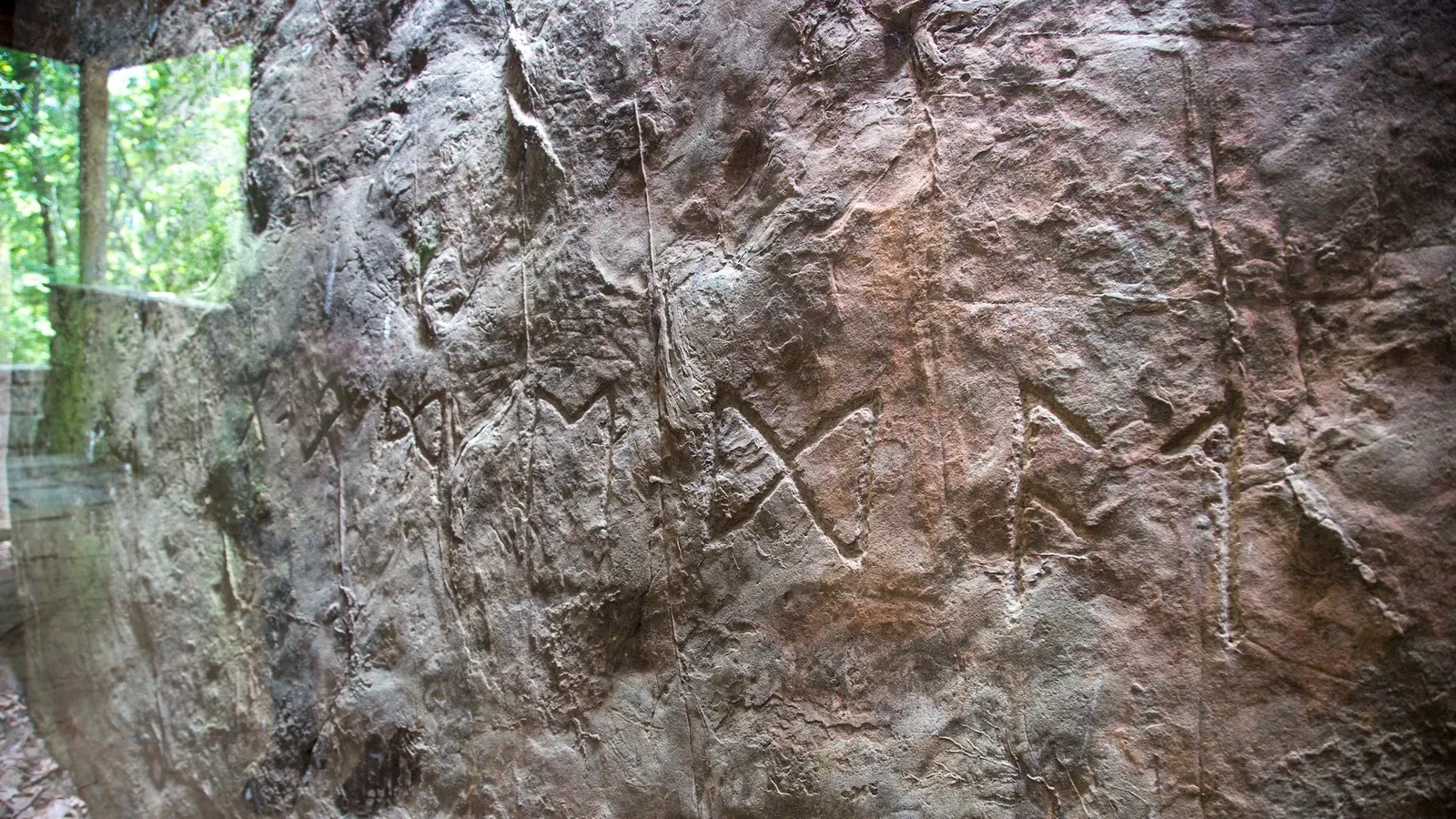

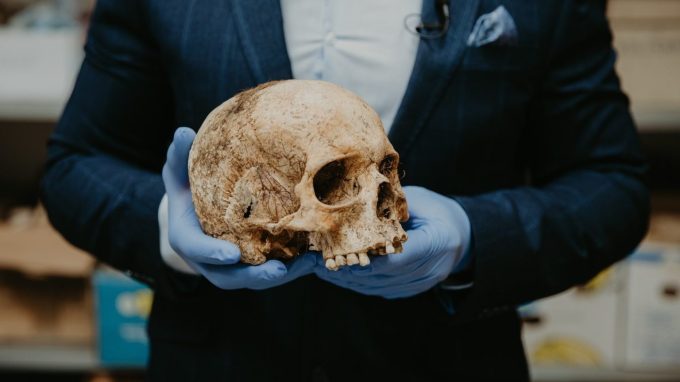
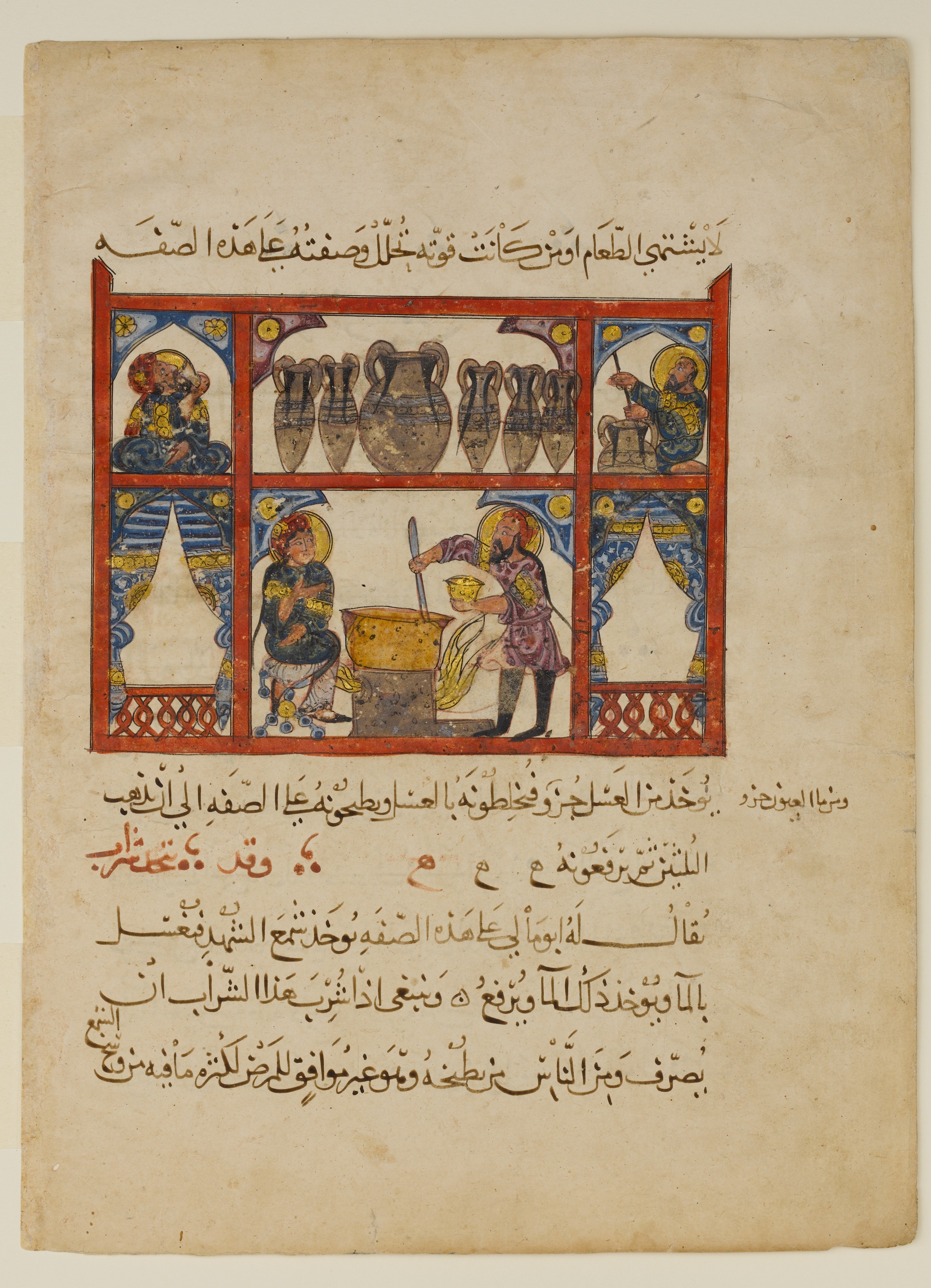











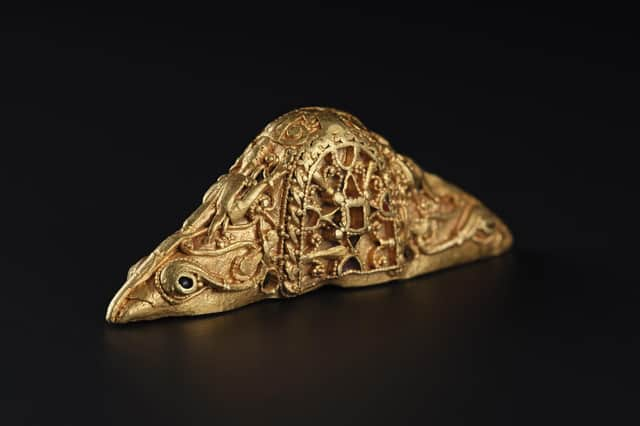
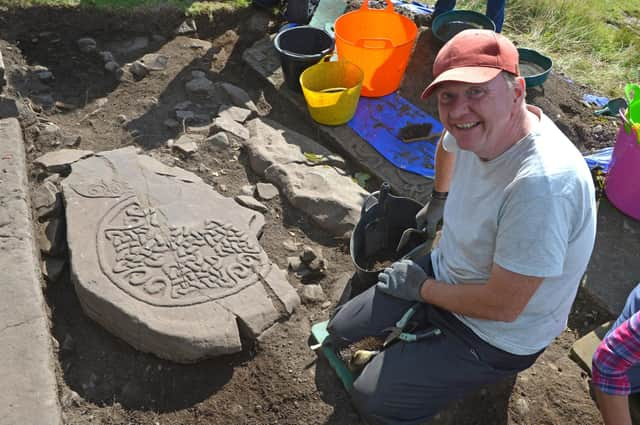






:focal(1440x926:1441x927)/https://tf-cmsv2-smithsonianmag-media.s3.amazonaws.com/filer_public/7d/f8/7df873f6-1d7f-41f9-9c1b-584e8b62e0ee/the-anglo-saxon-migrat.jpeg)




